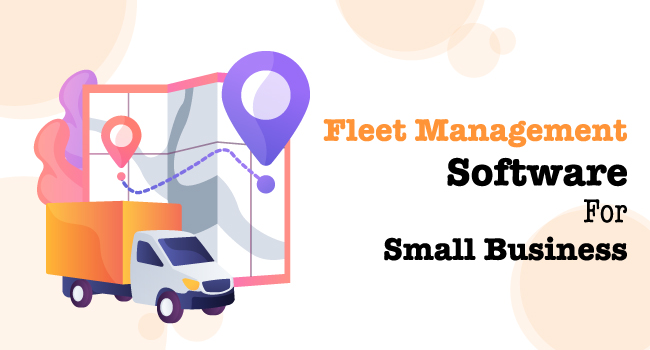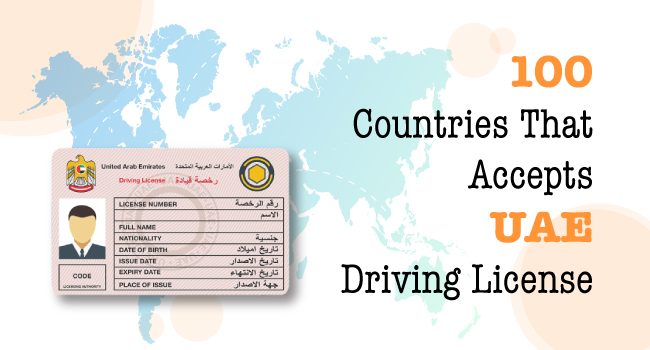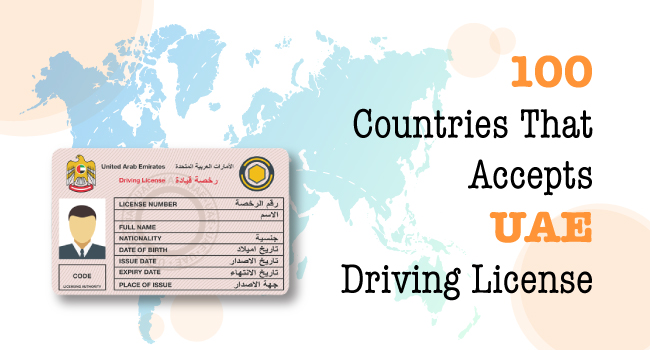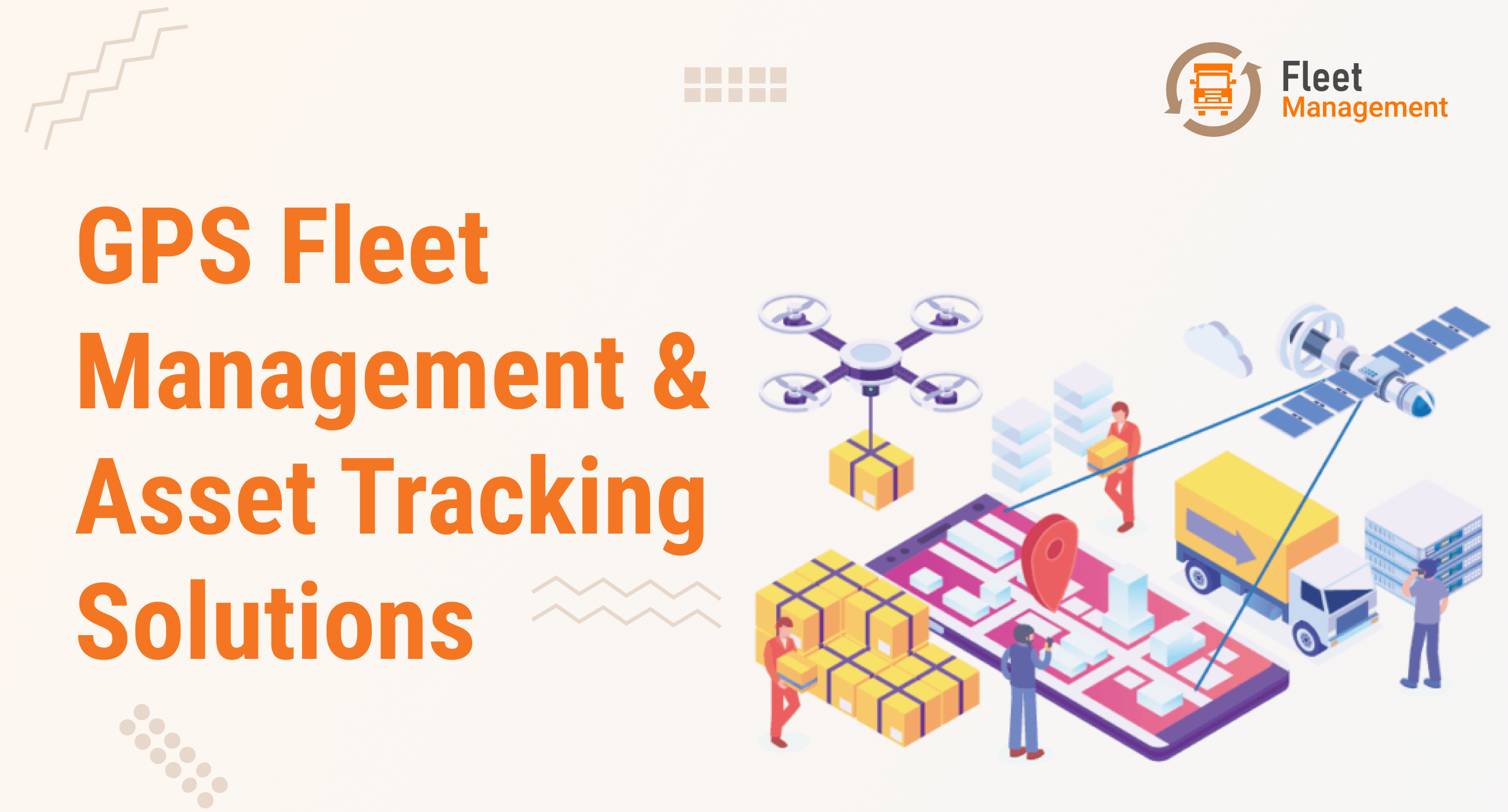Our Blogs
 Fleet Management()
Fleet Management() Car Rental Software()
Car Rental Software() Fleet Drivers()
Fleet Drivers() Infographics(0)
Infographics(0) News(0)
News(0)
Service We Offer
Follow Us
Increasing Fleet Profitability – How to Get Maximum ROI from Your Telematics System
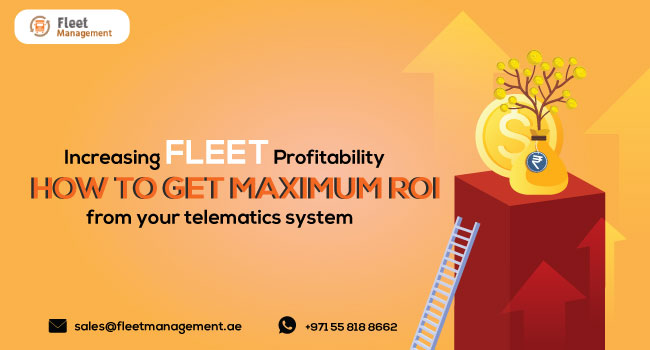
Telematics is an integrated technology that is making waves in logistics and fleet management. This technology can be described as a combination of telecommunication and informatics. In the days gone by, huge fleets of vehicles were manually managed using phone calls, messages, and log books. However, fleet management software applications and telematics have completely changed the way in which logistics are being managed.
A telematics system includes a GPS-integrated vehicle tracking system, wireless connectivity or satellite connectivity, and a centralised server. This system captures a whole suite of data from the vehicle such as fuel consumption, driving speed, idle time, location, harsh acceleration, braking, vehicle faults, and lots more.
In short, a telematic system allows you to capture all relevant data about all the vehicles in your fleet. This data can be used for various purposes, from safety tracking and vehicle management to supply chain management.
Read Also: Driving Rules in UAE – All You Need To Know
However, are you making optimum use of your telematics system? Do you have any kind of system in place to track and monitor the performance of the telematics system and calculate the savings it helps you make? After you’ve spent so much time and effort in setting up a telematics system to monitor your fleet, you need to follow the best practices to maximise its ROI.
How to Calculate the ROI on Your Telematics System?
Before we delve into the best practises to improve the ROI of your telematics system, we need to identify parameters to calculate your return on investment. There are four major areas where you can check the effectiveness of the fleet management system.
- Compliance
Compliance to government and safety regulations is one of the top factors that will help you evaluate the effectiveness of your system. Is the system designed to help you meet all the essential regulations and rules for your industry?

The system should not only be designed to help you meet the regulations but also notify if there are any issues in any part of the fleet management. It should also help you detect problems and anomalies in advance.
For example, the system should let you know if the load carried by the trucks is within the stipulated levels. It should also notify in advance about vehicle checks and insurance payments. If your system helps you maintain compliance, then you are getting the full value for your investment on the telematics system.
- Accountability
The telematics system should give you real-time and accurate data, which will help you make better and informed decisions. The GPS navigator should be able to identify the safest and shortest route between destinations.
Similarly, the system should give you precise data related to fuel consumption and distance travelled. The telematics system should also continuously update the location and give you the best ETA. Both these factors are very important not just for fleet management, but also for the supply chain management.
- Safety
The safety of the drivers and the vehicles in the fleet are important factors to evaluate the performance of the telematics system. Functions such as speed monitoring and vehicle load monitoring can help ensure safety and reduce collisions.
The system can help supervisors monitor the time the drivers have been driving without rest. Based on the drive time and distance, driver shifts can be prepared. This method will help reduce accidents caused because the driver has not had proper sleep or rest.

- Efficiency
The telematics system should help in route optimization to reduce fuel consumption and schedule vehicle maintenance based on the distance travelled by the vehicles. The system should also give you accurate data that will help you plan the route and reduce waste of time and resources.
Best Practises to Improve Your Telematic System’s ROI
- Outline Your Requirements
To get the maximum performance from your telematics system, you need to outline your requirements and set the targets. Do you want to use a telematics system to monitor fuel consumption, optimize route, or ensure better ETA?
Read Also: 31 Ways to Reduce Fleet Maintenance Costs
The telematics system can be configured based on your specific requirements. Else, you would probably pay for a lot of services that you may not be using. So, be clear on the expected outcome before you invest in a telematics system.
- Run a Pilot Test
Before you implement the telematics system in the entire fleet, use it with a few vehicles. When you try it on pilot vehicles, you will find out the challenges and problems you could face when you implement the telematics system in the entire fleet.
The data collected during the test runs can also help you customize the telematics system based on your specific requirements and needs. It will also help the team understand how to work with the new technology. In case there are any issues with the system, then your loss is also minimal. So, always do a test run before you implement the telematics system in the whole fleet.
- Train the Driver and Admin Staff
To get the maximum benefit from your telematics system, you need to provide the right training to the driver and the admin staff. They are the ones who are going to be using the system.

So, it is important they understand all its features and functions. During the training period, the staff may also come up with challenges you could face while implementing the system in real-time. The training should also include ways in which the staff can communicate with each other to enhance work efficiency.
- Effectively Manage Data
The telematics system not only offers real-time monitoring and notifications but also collects a lot of data. To get the best ROI from your telematics system, you need to make the most of the data you collect. The system collects different kinds of data such as:
Driver data – driving speed, harsh braking, hard cornering, and such
Vehicle data – load, maintenance, compliance, fuel consumption, location, carbon dioxide emission
Route data – Distance, route details, toll gates on route, ETA
Analysing all this data will help you identify the best routes between destinations and ways in which fuel consumption can be optimized. It will also let you know when the vehicle service was done and notifies you about the next service.
This data will also help you identify well-performing drivers and rash drivers in your team. Based on all the data collected, you can optimize your fleet management. It will also help you meet your SLAs and compliance regulations.
- Dispatch Closest Drivers
One of the most efficient solutions for effective fleet management is to reduce unnecessary vehicle movement. You can do this by dispatching the vehicle closest to the pickup point. To do this, you need to have a map of the location of all the vehicles in your fleet, which the fleet management software can give you.
Read Also: What is fleet management – All you need to know
- Identify Areas of Improvement

Fleet managers should use the data not just for efficient fleet management, but also for identifying areas of improvement. By carefully analysing the data, you can find ways in which you can optimize routes, plan fleet movement, and also organize staff shifts. By doing so, you will be able to get the maximum ROI from your telematics system.
Conclusion
A telematics system is a must-have for fleet management. The system gives detailed and accurate data that fleet managers can use to optimize their services and improve performance. Outlining the requirements, running a pilot run, training the team, and analysing the data can help you get the maximum return on investment from the telematics system.

